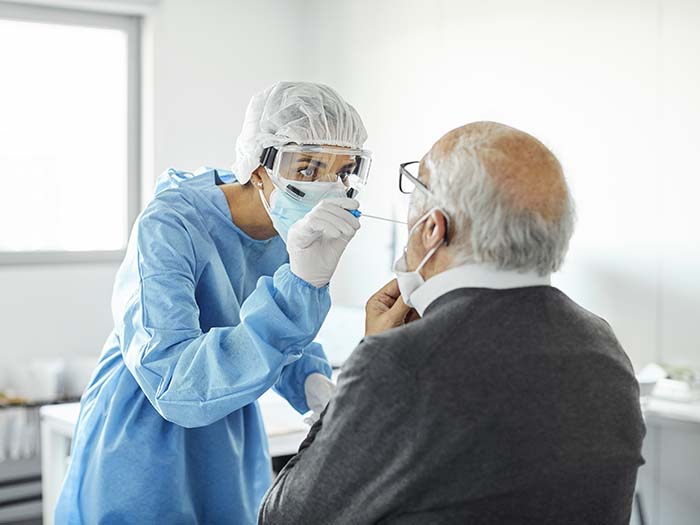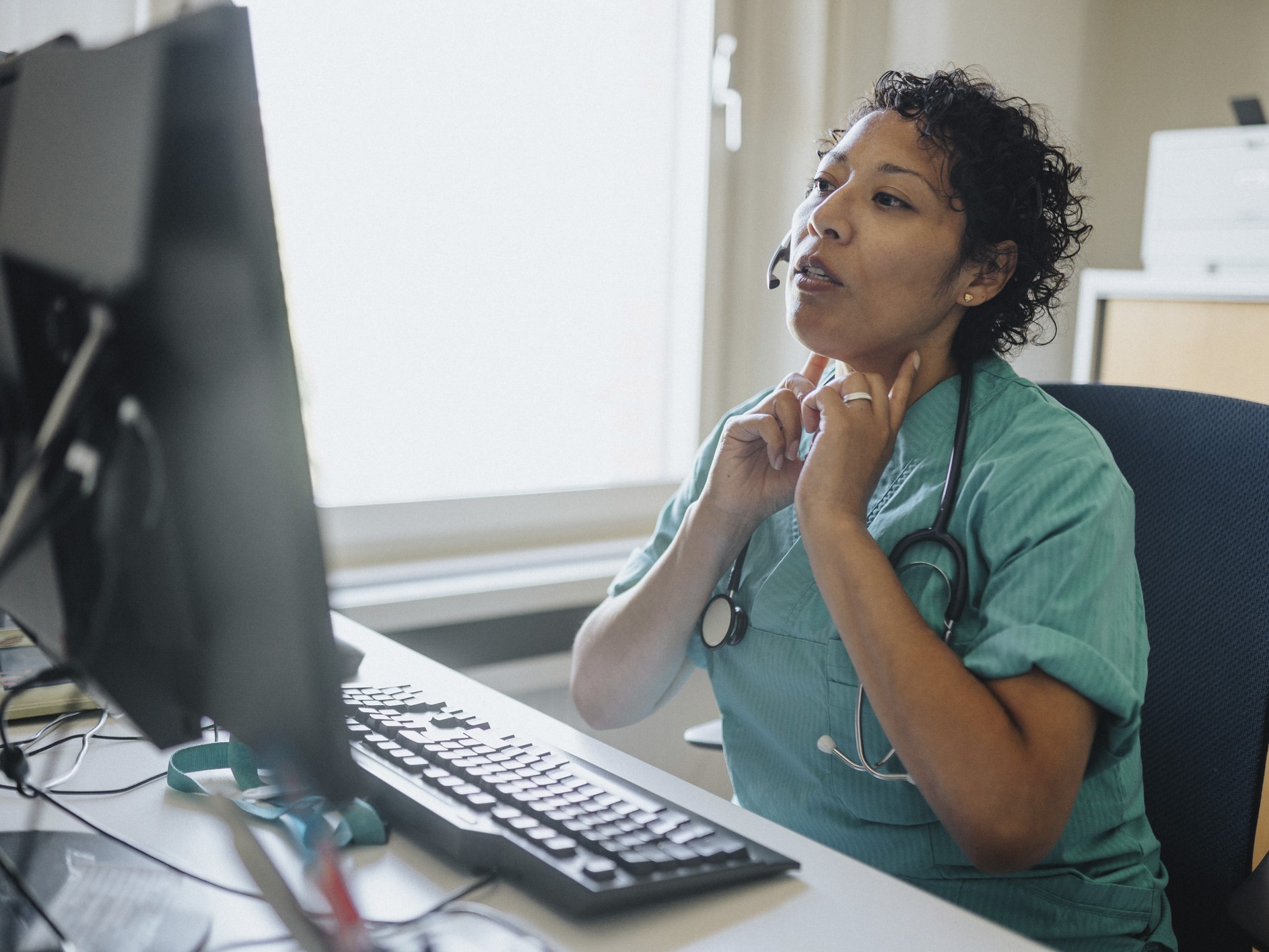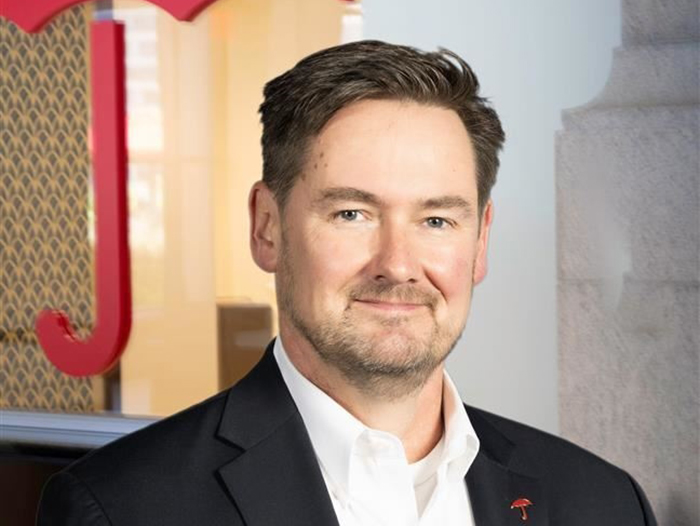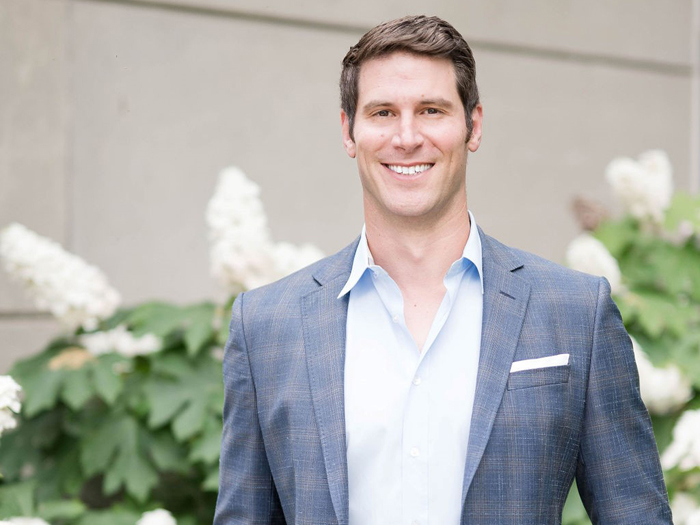As COVID Swamped Hospitals, BHSI Did Its Part By Insuring Pop-up Clinics

As a New York resident, he was at the epicenter of the pandemic. He watched as hospitals filled up and care providers began setting up temporary COVID-19 clinics to treat overflow patients. Across the country facilities from parks to football fields were being considered for clinic locations.
“We witnessed the New York City area hospitals reach maximum occupancy and observed the auxiliary COVID treatment facilities constructed in Central Park,” said Leo Carroll, RPLU, senior vice president and head of healthcare, Berkshire Hathaway Specialty Insurance.
As these facilities were getting set up, they realized they’d need insurance. The doctors practicing in them would need medical malpractice policies and setting the clinics up would require errors and omissions (E&O) coverage in case administrative mistakes were made. BHSI’s healthcare practice saw an onslaught of requests for coverage.
“We received coverage requests from across the country, from Florida to California,” Carroll said.
Each request presented its own unique risk profile and contractual obligations. “The question became can I find a way to meet the specific need of this specific hospital or this particular overflow facility?” said Greg Hamlin, senior vice president, healthcare, BHSI.
So Carroll and Hamlin went to work. With Hamlin taking the lead, they brought together input from BHSI’s claims and legal teams in order to develop an insurance product for five pop-up COVID-19 clinics. Now, as the Delta variant ravages the United States, this type of product could help provide coverage for future clinics.
Creating a Product to Cover Pop-Up COVID Clinic Risks
Underwriting a temporary COVID-19 overflow clinic came with a number of challenges. These types of clinics had no loss history to draw on, and it was unclear what types of risks they may carry.
Added to that challenge was the fact that many states enacted laws and/or executive orders shielding medical providers from COVID-19 liability claims. Rather than proving ordinary negligence or professional malpractice, claimants would need to prove gross negligence or intentional misconduct when suing over COVID-19-related issues.
“It became the top thing on my desk,” Hamlin said. “It was a puzzle to solve and once I was able to get my hands around the risk and come up with a reasonable solution, I felt good about trying to push that forward within the organization.”
Hamlin worked with BHSI’s claims department to understand what kinds of claims these clinics might see and what the costs might be. He also consulted with the legal team, which pored over the contracts between health care centers and the states in which they were opening temporary COVID overflow facilities.
“Once I have an idea for both the frequency of claims and an idea of how much they might go for, I’m in a much better position to actually move forward,” he said.
Given the urgent need for additional COVID treatment capacity, the normal underwriting process that takes several weeks needed to be fast tracked. The team at BHSI ended up developing a customized excess professional liability policy in a matter of days for their clients.
The policy was designed to cover three core exposures, professional liability for errors and omissions, E&O coverage for the formation and oversight of the temporary clinics and any medical malpractice liability that wouldn’t be picked up by the state.
“It had to be a hybrid form that took both the professional liability components and the E&O coverages and wrapped it all into one customized policy,” Carroll said.
Could This Type of Coverage Help in the Wake of Delta?
As the Delta variant sweeps across America and hospitals are again finding themselves at capacity, pop-up COVID clinics — and the insurance that enables them to open — may once again be a reality.
Hamlin said should that occur, BHSI would have an appetite for the risk.
“We would absolutely take a look at this type of risk again,” Hamlin said.
Still, the pandemic has changed since Hamlin and Carroll first went about creating an insurance product for pop-up COVID clinics. Rather than being concentrated in big cities like New York, massive outbreaks are now concentrated in rural areas, which present a different set of risks.
Rural hospitals often have less capacity than their big city counterparts, meaning they may reach overflow and have to turn to pop-up clinics sooner. Crucial supplies like PPE may also take longer to get to rural areas if shortages arise.
Added to these challenges is the fact that many doctors and nurses report feeling fatigue and burnout at this stage of the pandemic.
Mentally exhausted physicians are more likely to make mistakes than their well-rested counterparts, creating additional medical malpractice risk. Research has found that doctors experiencing signs of burnout are twice as likely to have made a medical error in the previous three months, the National Center for Biotechnology Information reported in 2018.
During the pandemic, caregiver burnout has exacerbated preexisting staffing shortages, especially in nursing. At the rate the shortage is currently moving at, the U.S. will need 1.2 million new registered nurses by 2030.
“In contrast to the beginning of the pandemic, issues such as burnout, availability of nursing and physician staff are much more top of mind,” Carroll said. “There have been so many early retirements, so many nurses that have either taken sabbatical or left the nursing role and found roles in other areas that weren’t at the bedside.”
Though the pop-clinics that are emerging to address the Delta wave have different sets of challenges, BHSI also has more information to help them underwrite the risk. The market has yet to see a wave of pandemic related medical liability or EPLI claims.
“Fortunately, there has not yet been a wave of pandemic medical liability claims arising from hospitals or clinics,” Hamlin said.
Hamlin and Carroll said insuring pop-up COVID clinics has essentially been cost neutral for BHSI at this point, which makes it easier to consider insuring them in the future.
Now that they have more experience with the risk and the types of claims that may arise, they can better underwrite it. Though Hamlin and Carroll said each project would have to be considered on a case-by-case basis.
Beyond the practicalities, building a specialty product for pop-up clinics is the right thing to do. Hamlin and Carroll said that playing a small role in helping health care providers fight the pandemic is one of the reasons they looked into insuring the risk in the first place.
“From an insurance perspective, it was great to have an opportunity to deliver a level of support to the communities in which we live and to assist our customers in helping those communities,” Hamlin said.
“It was part of our role as a business to support the health system in the United States in a small but significant way. And that was very gratifying for us.” &










